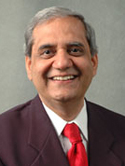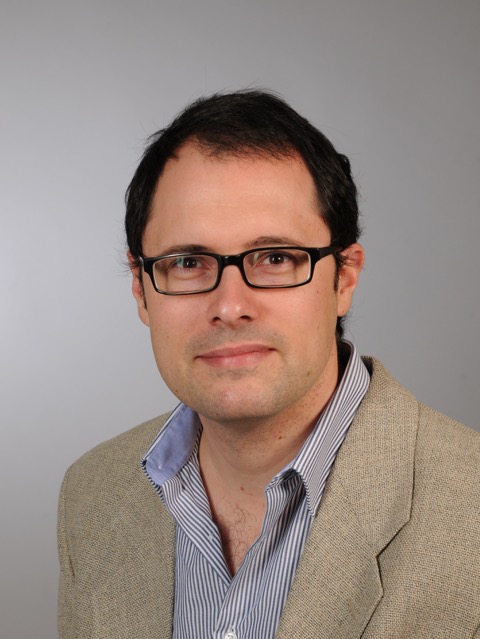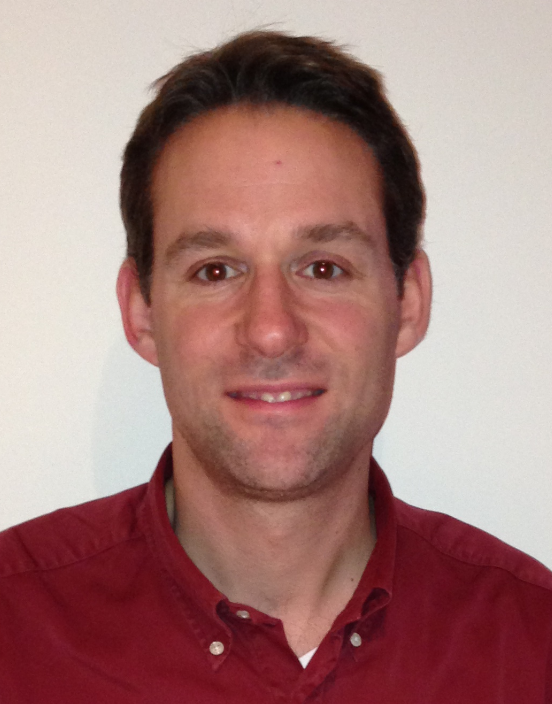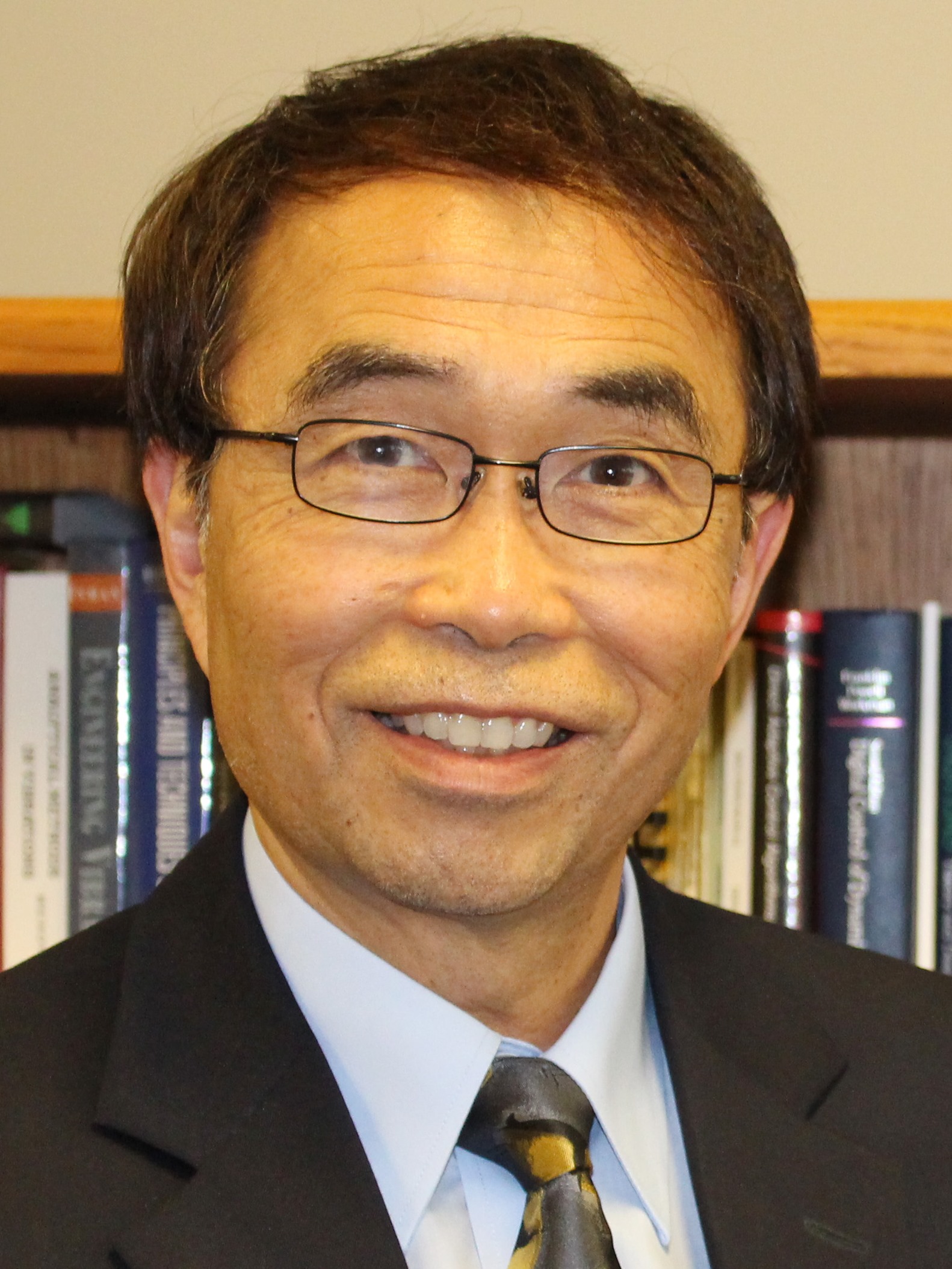
|
|
|
Forum > Forum II : Nonlinear vibration and noiseForum II: Non-linear vibration and noiseNon-linear vibration and noise problems arising due to non-linear elastic and dissipation/friction elements, finite amplitudes and material properties continue to fascinate and challenge researchers and practitioners. It is the purpose of this forum to provide three intellectually stimulating lectures ranging from non-linear modes and associated spectral contents, friction-induced sound radiation from brakes, and energy harvesting using bi-stable system. Topics of discussion may include recent experimental and computational developments, needs of vibro-acoustics community, vibration and acoustic design using intentionally non-linear concepts and the like.
Chair: Prof. Rajendra Singh, Academy Professor, Dept. of Mechanical and Aerospace Engineering and OSU Emeritus Academy
Dr. Raj Singh is pursuing scholarly and sponsored research in the areas of machine dynamics, acoustics, vibration, non-linear dynamics, and signal processing with applications to vehicles and geared systems; focus of such inquiries is usually related to nonlinear sources and/or paths such as the role of clearance nonlinearity, contact dynamics including time-varying stiffness and damping, dry and sliding friction, and elastomeric & hydraulic vibration isolators. He regularly teaches intense short courses (such as on “gear noise”) to practicing engineers and has provided consulting services to several automotive companies. He has received many national and institutional awards for teaching, research and mentoring of students. Dr. Singh has been elected to the rank of Fellow in 4 professional societies, namely the Acoustical Society of America, American Society of Mechanical Engineers, the Society of Automotive Engineers, and INCE/USA. He has served as President of the Institute of Noise Control Engineering (INCE/USA in 2003) and Vice President of Technical Activities for the International Institute of Noise Control Engineering (I-INCE, 2009-17), and sits on several editorial boards including the Journal of Sound and Vibration, Applied Acoustics, and Journal of Mechanical Engineering Science. Go to adl.osu.edu for more details including articles published.
Confirmed keynote speakers:
Dr. Sebastian Oberst Centre for Audio, Acoustics and Vibration, Faculty of Engineering and Information Technology. University of Technology, Sydney, Australia.
Sebastian Oberst obtained his PhD in 2011 from the University of New South Wales (UNSW) studying the nonlinear dynamics and noise of friction-induced vibrations in automotive disc brake systems. He worked as an ARC Research Award on biotremology, and as a space engineer at the UNSW Canberra until 2015. He received an Australia/Award- Endeavour Postdoctoral Research Fellow (EPRF, 2016) on biomechanics and nonlinear dynamics to work at the Imperial College London, a “Japan Society for the Promotion of Science” (JSPS, 2016) Fellowship nominated by the Australian Academy of Science, and he was recently awarded the “Young Research Prize of the European Association of Structural Dynamics” (EASD, 2017) in the category ‘Developing Methodologies for Structural Dynamics’. Since January 2017 Sebastian Oberst works as Senior Lecturer at the newly established Centre for Audio, Acoustics and Vibration (CAAV) at the University of Technology in Sydney on bioacoustics and complex dynamics/nonlinear time series analysis.
Title: Nonlinear Dynamics: Towards a paradigm change via evidence-based complex dynamics modeling
Nonlinear dynamics is commonly encountered in natural systems and are also found in many engineering applications with plenty of intriguing phenomena. Research in many engineering disciplines is, however, still mainly built on the foundations of linear theory. However, the application and focus on linear theory has is serious limitations and new ways of analysis beyond conventional thinking are sought. This talk will suggest a novel concept of identification namely that of evidence-based complex dynamics modelling as a complementary pathway to conventional modelling based on nonlinear dynamics theory. In this context the use of nonlinear time series analysis as applied to some systems in nature and engineering is discussed.
Prof. Gaetan Kerschen, University of Liège, Belgium. Gaëtan Kerschen completed his Ph.D. degree in Aerospace Engineering from the University of Liège in Belgium in 2003. In 2003 and 2004, he was a visiting postdoctoral fellow at National Technical University of Athens and at the University of Illinois at Urbana-Champaign. Since 2007, he has been a faculty member at the University of Liège, where he is a professor in the Department of Aerospace and Mechanical Engineering. His expertise is primarily in the area of nonlinear structural dynamics, and his research contributions address both the computational and experimental aspects of nonlinear vibration. He is the recipient of two European Research Council (ERC) grants, namely an ERC Starting Grant and an ERC Proof of Concept Grant, and of the 2017 Belgian Francqui Chair at the Vrije Universiteit Brussel. He is the co-founder of NOLISYS, a startup company which provides solutions and software for nonlinear vibrating systems. Title: Resonances of nonlinear mechanical systems: a nonlinear normal mode perspective Abstract: The concept of resonance is central in structural dynamics, because the maximum amplitude at which a system or a product vibrates occurs at resonance frequencies. Unlike linear systems, nonlinear systems can exhibit different types of resonances including fundamental, internal and isolated resonances. In this presentation, we show how the nonlinear normal mode (NNM) theory can be exploited for a thorough understanding of the impact of nonlinearity on system dynamics. Both the numerical computation of NNMs and their identification from experimental data are discussed. Prof. Kon-Well Wang Tim Manganello/BorgWarner Department Chair and Stephen P. Timoshenko Collegiate Professor
Kon-Well Wang is the Stephen P. Timoshenko Professor and Tim Manganello/BorgWarner Department Chair of Mechanical Engineering at the University of Michigan. He received his Ph.D. degree from the University of California at Berkeley in 1985, worked at the General Motors Research Labs as a Senior Research Engineer, and started his academic career at the Pennsylvania State University in 1988. During his Penn State years, Professor Wang has served as the William E. Diefenderfer Chaired Professor in Mechanical Engineering, Director of the Structural Dynamics and Controls Lab, Associate Director of the Vertical Lift Research Center of Excellence, and Group Leader for the Center for Acoustics and Vibration. Dr. Wang joined the University of Michigan in 2008. Professor Wang’s main technical interests are in dynamics & vibration, adaptive structural and materials systems, and engineering nonlinear dynamics for system enhancements. He has received numerous recognitions for his accomplishments; such as the ASME J.P. Den Hartog Award, the SPIE Smart Structures and Materials Lifetime Achievement Award, the ASME Adaptive Structures and Materials Systems Award, the ASME N.O. Myklestad Award, the ASME Rudolf Kalman Award, the ASME Adaptive Structures and Material Systems Best Paper Awards, the NASA Tech Brief Award, and the SAE Ralph Teetor Award. Professor Wang is a Fellow of the ASME, AAAS, and IOP. He has been the Chief Editor for the ASME Journal of Vibration and Acoustics. He is currently an Associate Editor for the Journal of Intelligent Material Systems and Structures and an Editorial Advisory Board Member for the Journal of Sound and Vibration. Title: Harnessing Nonlinear Multistable Dynamics – An Emerging Approach for Vibration Engineering Abstract: Bistable and multistable structural components have been employed in various engineering systems; examples include arches or post-buckled beams/columns, and shells or panels with a shallow curvature. In many historical assessments, it was undesirable for the multistable structure to snap to another state of equilibrium -- a phenomenon referred to as snap-through -- because the consequence might be detrimental to the system’s health and performance. Therefore, the structures or materials were utilized in ways to avoid static or dynamic loading (e.g., pressure on a shell) that could destabilize the original stable configuration and switch to another stable equilibrium (e.g., an inverted shell). Recently, researchers have been challenged to reconsider multistable systems within a variety of emerging engineering contexts. Scientists and engineers have discovered and explored the nonlinear dynamics of multistable structures that may be deliberately exploited for certain desired purposes. Innovative ideas have been proposed to intelligently induce snap-through behaviors such that the performance of the overall system is enhanced and/or new functionalities are realized. These features have been found to be well-suited for many applications across a variety of engineering disciplines, such as vibration damping and isolation, vibration energy harvesting, vibration and wave propagation, and sensing and detection. In this presentation, we will discuss some of these emerging developments in harnessing multistable dynamics for advancing structural systems, and highlight examples in the context of vibration engineering.
|
| Online user: 1 | RSS Feed |

|




